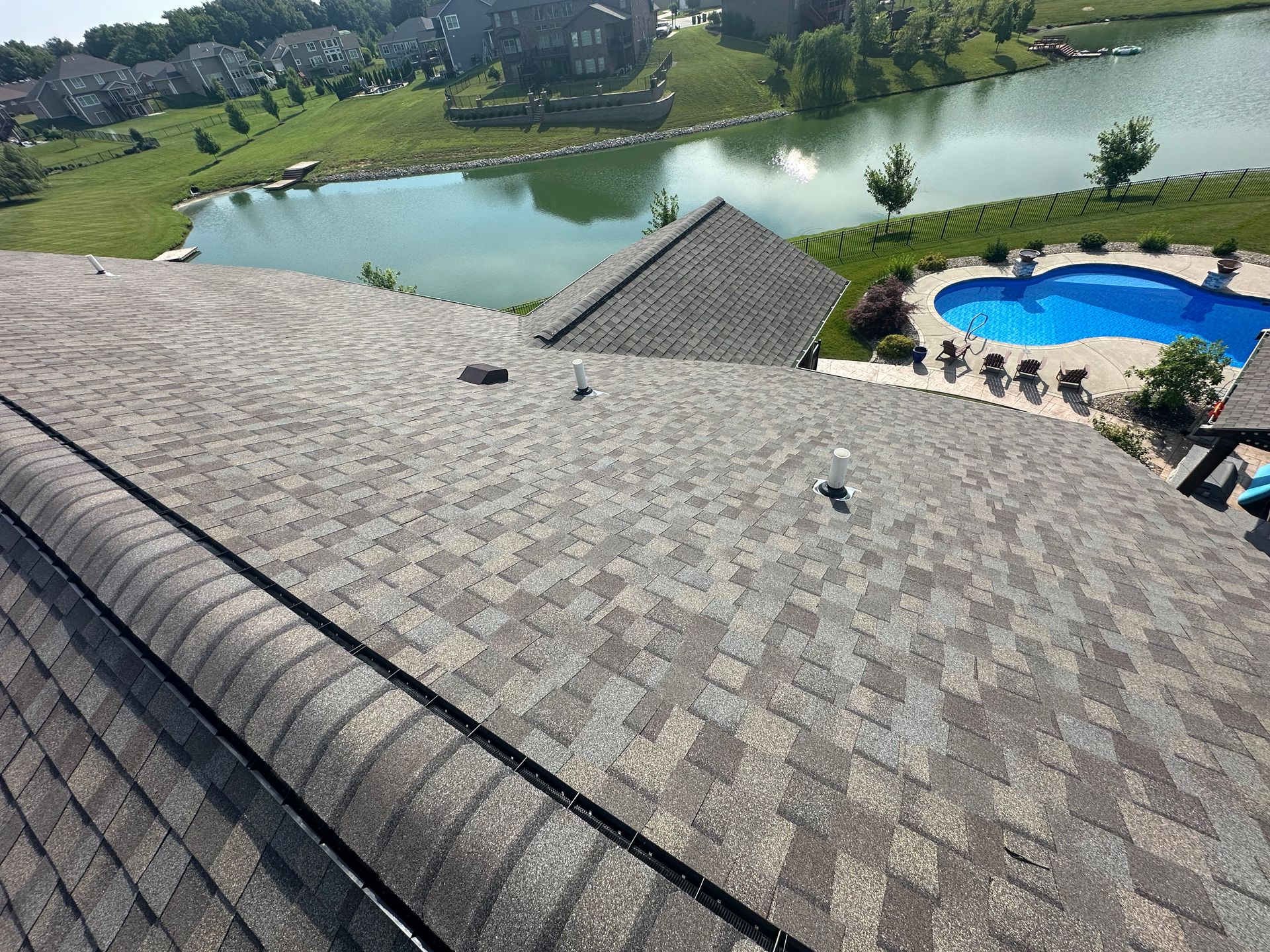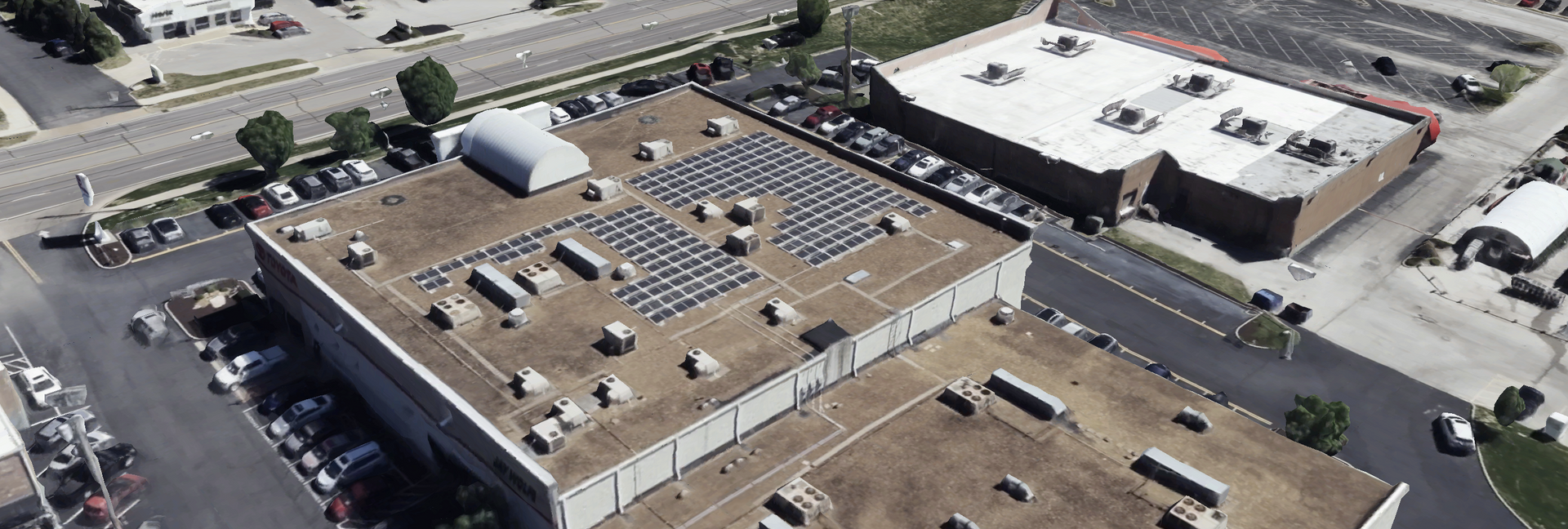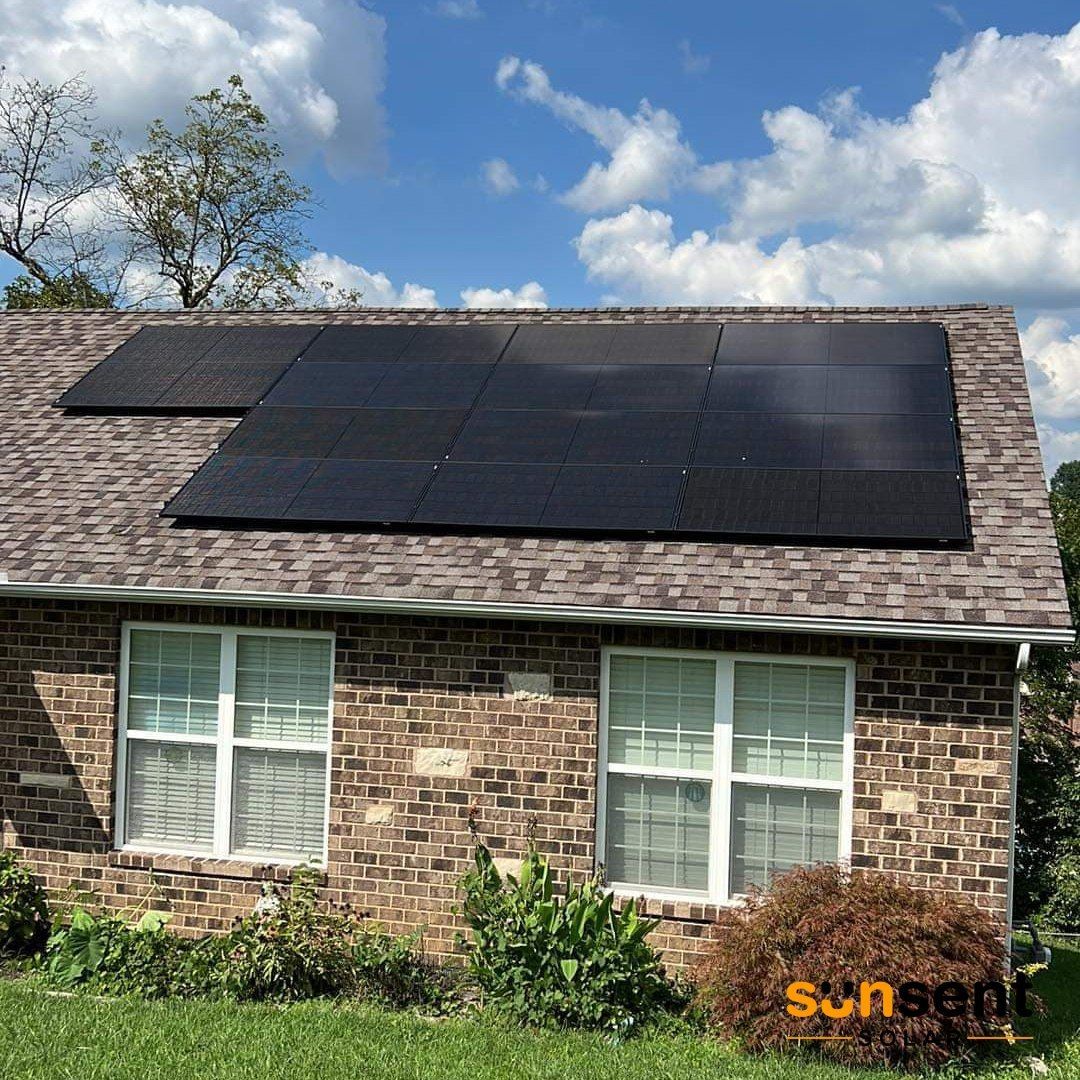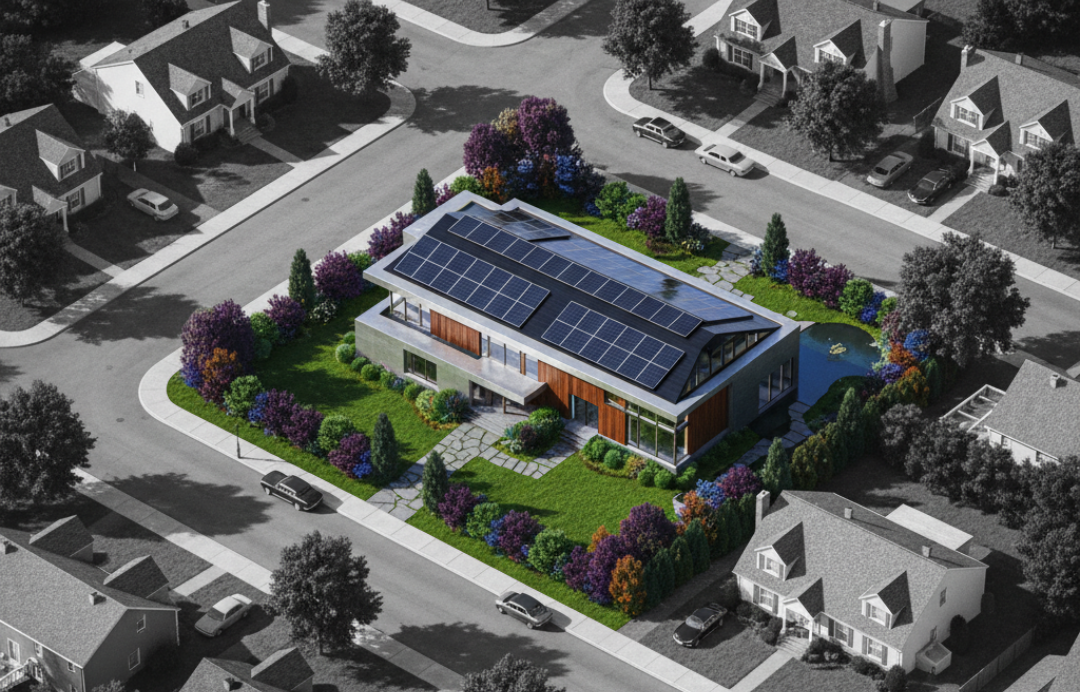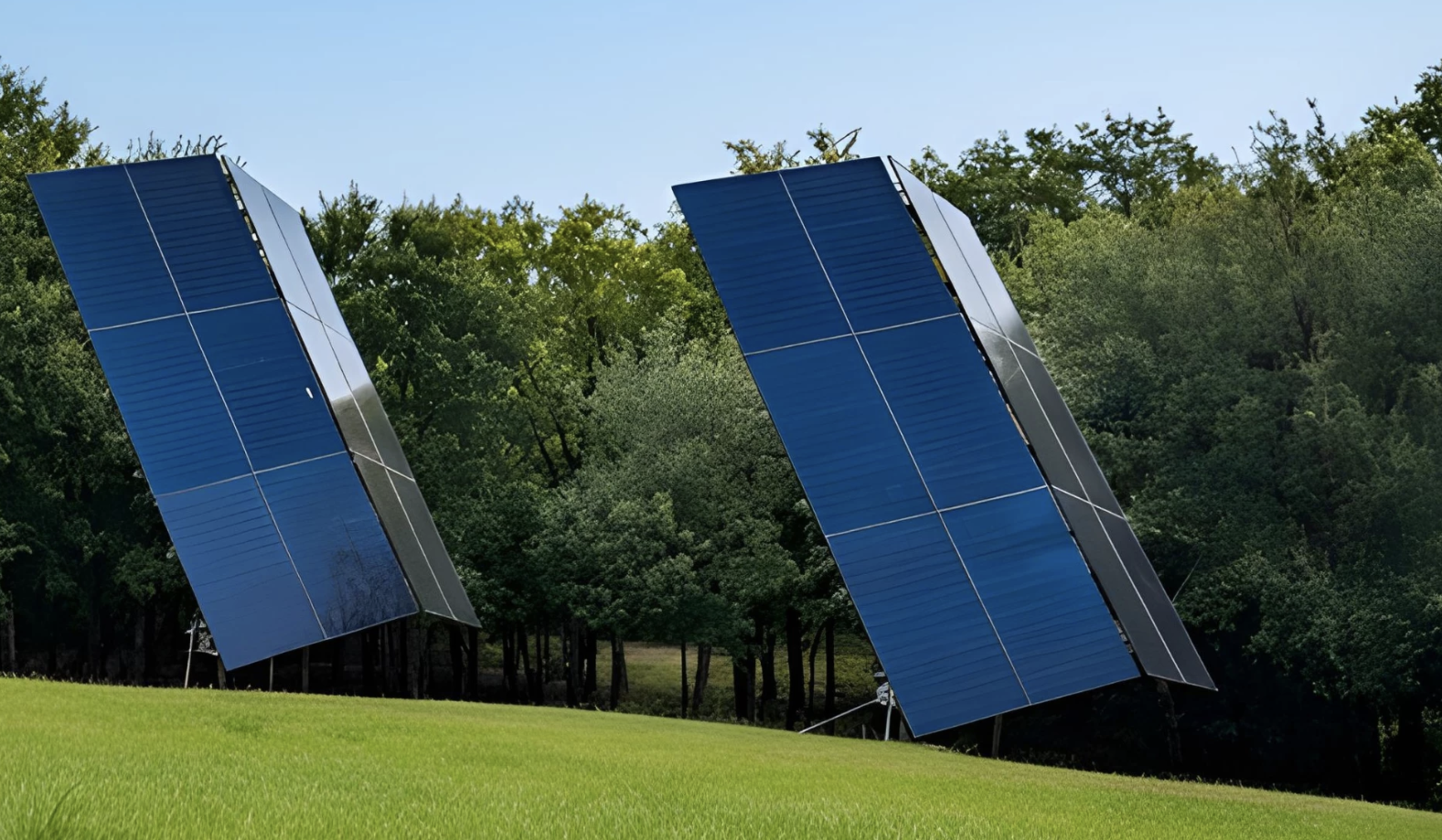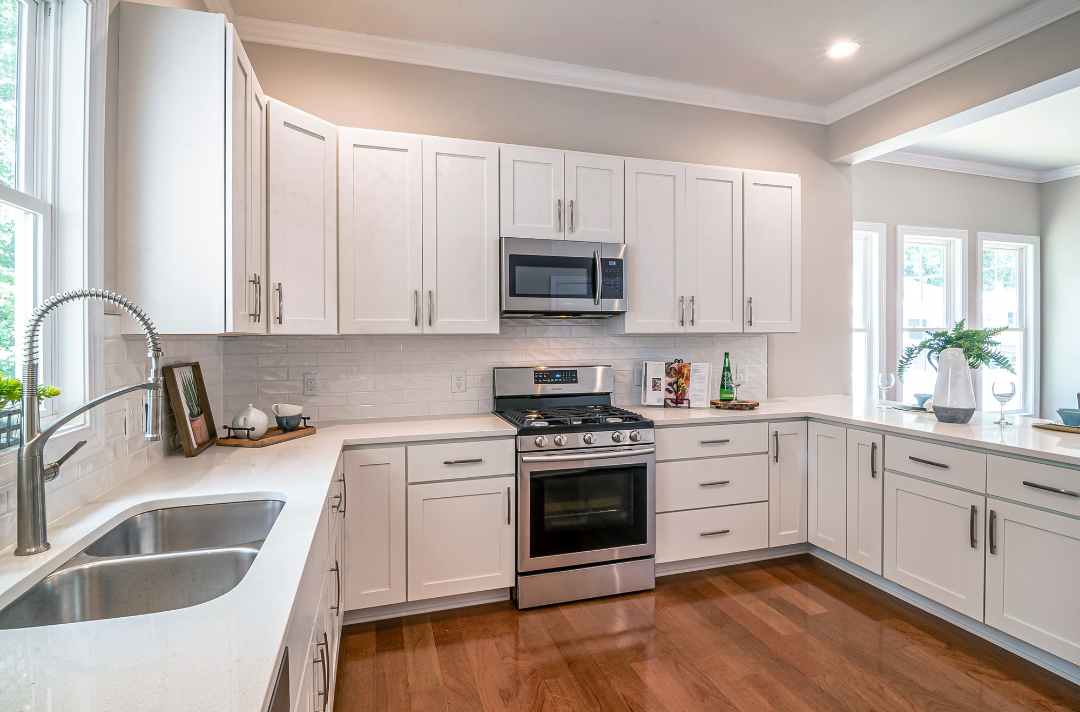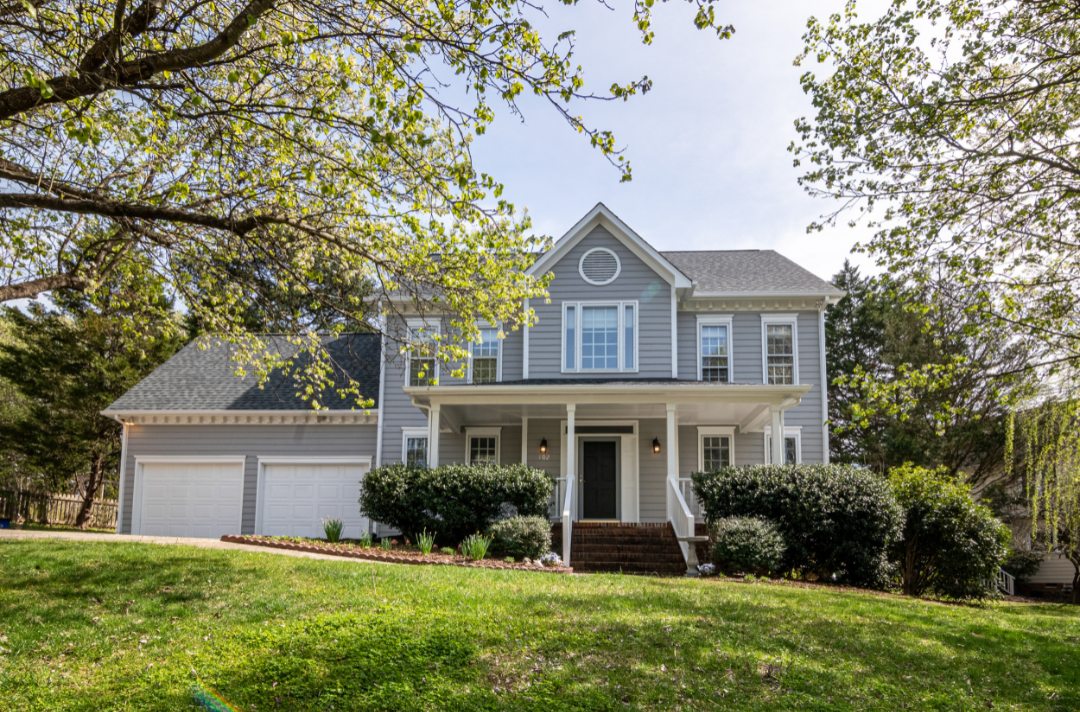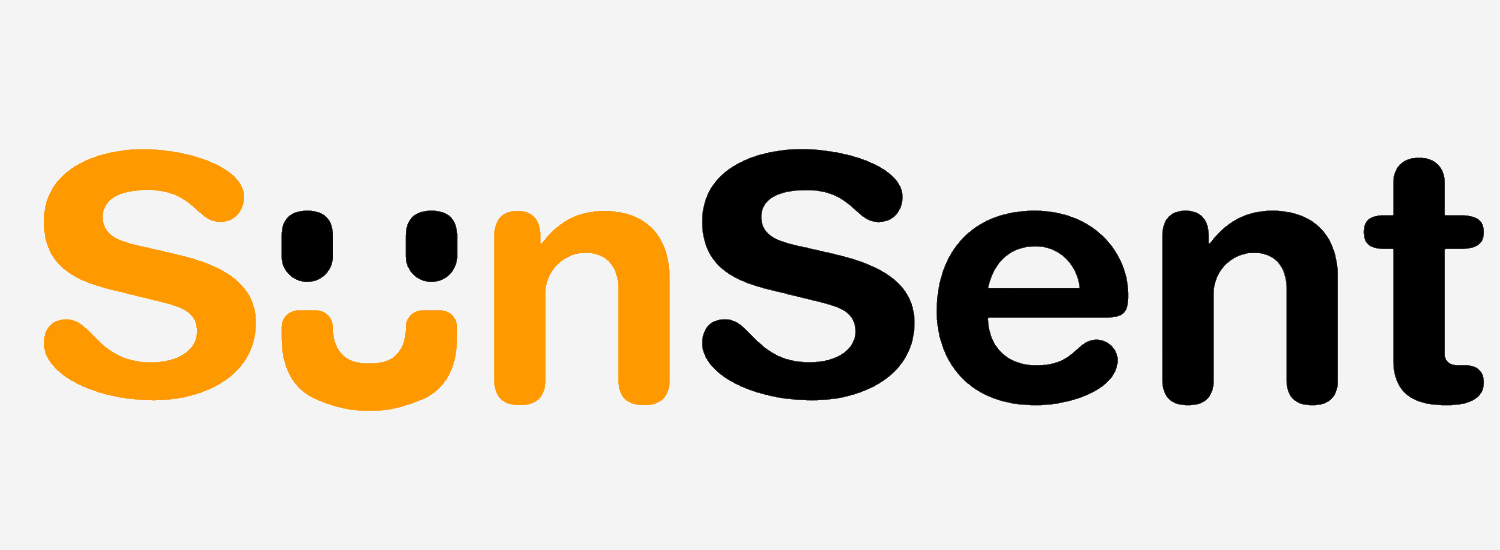The Simple Answer: How Much Do Solar Panels Cost for Your Midwest Home?
One of the first and most important questions homeowners ask us is, "How much does a solar system cost?"
The simple, honest answer is that the residential solar panel cost varies for every single home, much like the price of a car depends on the model, features, and engine size.
However, as your local Midwest Solar Installation experts based near St. Charles, Missouri (serving both sides of the Mississippi, including much of Illinois), we have real-world data to give you a clear, easy-to-understand breakdown of what you can expect to pay for your home solar panel systems cost in our region.
1. The Core Price: Cost Per Watt ($/W) in Missouri and Illinois
The most reliable way to compare
residential solar panel prices is by the cost per watt ($/W). This standardizes the price regardless of system size.

What this means: If you see a quote for $2.70/W, you are getting a good, typical price for a high-quality system in our service area.
2. Cost by System Size: Typical Residential Situations
Your ultimate home solar panel systems cost is determined by your annual electricity usage. Here are the typical prices for systems of different sizes in the St. Charles, MO region before any state or local incentives:

Note: These residential solar panel systems cost estimates are averages. Your final price depends on the specific factors below.
3. Factors That Raise or Lower Your Cost
While the cost per watt is the foundation, your home's unique characteristics determine the final project price. Our experts use solar design software like Helioscope to analyze these variables and ensure optimal production.
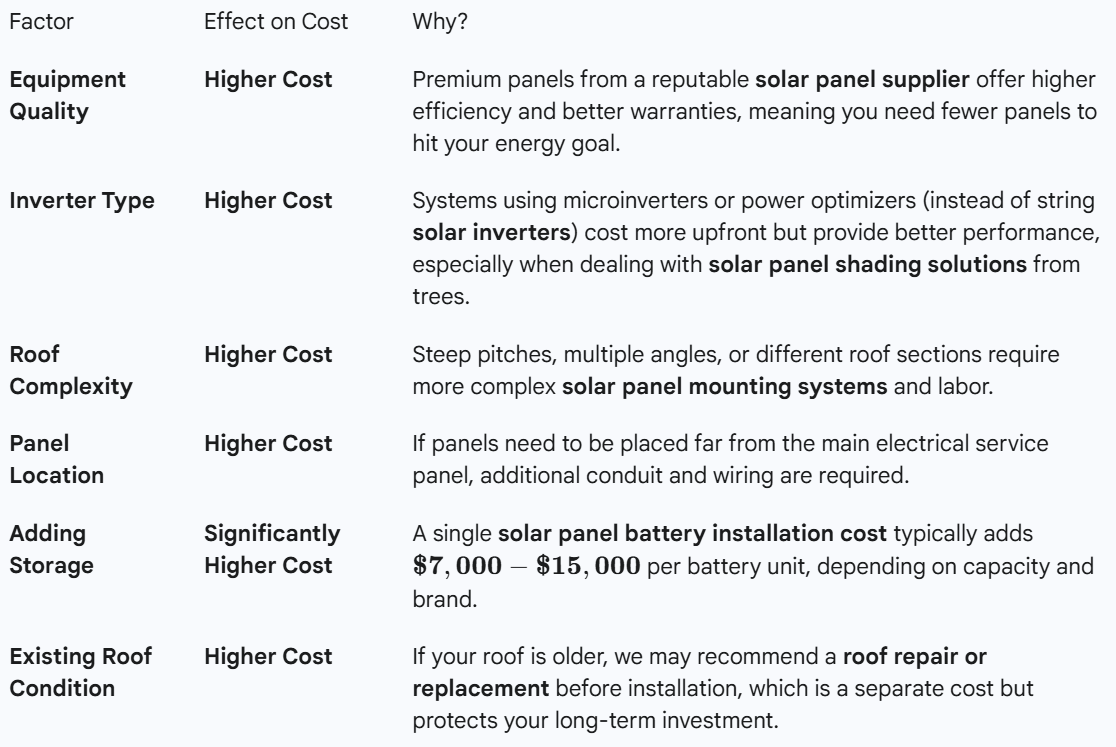
Our certified team includes both solar panel distributors and experienced roofing professionals, meaning we can look at your entire solar system design holistically.
4. Local Incentives That Bring the Price Down
Even without the federal tax credit, strong local incentives make solar an incredible value in the Midwest:
- Net Metering: This is critical. Both Missouri and Illinois utilities offer net metering, where you receive credits for any excess power your system generates and sends back to the grid. This maximizes your financial returns and dramatically speeds up your payback period.
- Illinois SRECs: Illinois residents benefit from the state's generous Solar Renewable Energy Credit (SREC) program, which pays you for the clean energy your panels produce over a period of years—a significant source of post-installation revenue.
- Property Tax Exemptions: In many local jurisdictions, the value added by your residential solar energy system cost is exempt from property tax assessment.
- Local Utility Programs: Your local solar panel co (utility company) may offer specific solar panel programs or rebates. We track all current solar panel deals and incentives to ensure you receive every possible discount.
Don't wait to lock in savings. While costs fluctuate based on global supply chains, the fundamental economic argument for solar—utility bill savings, energy resilience, and property value increase—is stronger than ever.
FAQ's: Understanding Your Solar Price
Q: What determines the size (kW) of the solar system I need?
A: System size is primarily determined by your past electricity usage (kWh). We analyze your last 12 months of utility bills to calculate how many kilowatt-hours your home consumes. Our solar system design team then uses that number, along with factors like your roof's tilt and direction, to size the system for optimal production.
Q: What is the difference between string inverters and microinverters?
A: Solar inverters convert DC power from the panels into usable AC power for your home. String inverters connect panels in groups. Microinverters (or power optimizers) are installed on the back of each panel. While microinverters have a higher solar inverter types cost, they allow each panel to operate independently. This is ideal for roofs with complex shapes or potential shade issues, as one shaded panel won't pull down the production of the entire system.
Q: How will my roof size and direction affect the price and performance?
A: A perfect south-facing roof with little obstruction provides the highest output, allowing you to install a smaller system for the same energy goal. A west-facing or east/west split roof may require more panels to achieve the same production goal, increasing the residential solar panel systems cost slightly. Our team uses solar energy design software to model your roof and plan the solar panel installation checklist precisely.
Q: I've heard of solar panel shingles. Are they more expensive?
A: Yes. The cost of solar panel shingles (building-integrated photovoltaics or BIPV) is significantly higher than traditional mounted panels. The solar panel shingles price is generally comparable to installing a new premium roof plus the cost of a standard solar system. They offer aesthetics but come with a higher upfront premium.
Q: How much does adding a solar battery cost?
A: The solar panel battery installation cost for a single battery unit (enough for backup of essential loads) typically adds between $7,000 and $15,000 to the total project cost before factoring in any applicable state incentives or programs.
Q: How do you handle tree shade or other obstructions?
A: We use advanced solar panel shading solutions and specialized mapping tools to analyze production loss. If shade is unavoidable, we recommend microinverters or power optimizers to mitigate the impact. If the shade is severe, we may recommend trimming or avoiding that roof section altogether.
Q: Does SunSent Solar offer financing?
A: Yes! We offer multiple financing options, including low-interest solar panel loans, to make solar accessible for any budget. This allows you to pay for your system over time with payments that are often lower than your previous utility bill, allowing you to start saving money immediately.
Q: What does 'solar monitoring' entail?
A: Solar monitoring is a digital service that tracks your system's real-time energy production and consumption. You can view this data on a mobile app or computer. It allows you to ensure the system is operating at peak efficiency and helps us quickly detect any issues, giving you total transparency over your solar system design performance.
Ready for a Price Tailored to Your Home?
The average price is just a starting point. To truly understand your residential solar panel cost and long-term savings, you need a precise analysis of your home's unique energy profile and roof structure.
Contact SunSent Solar today for a FREE, no-obligation custom quote! We service all of Eastern Missouri and Southern Illinois and will show you exactly how much you can save by turning your roof into a reliable source of clean, affordable power.
